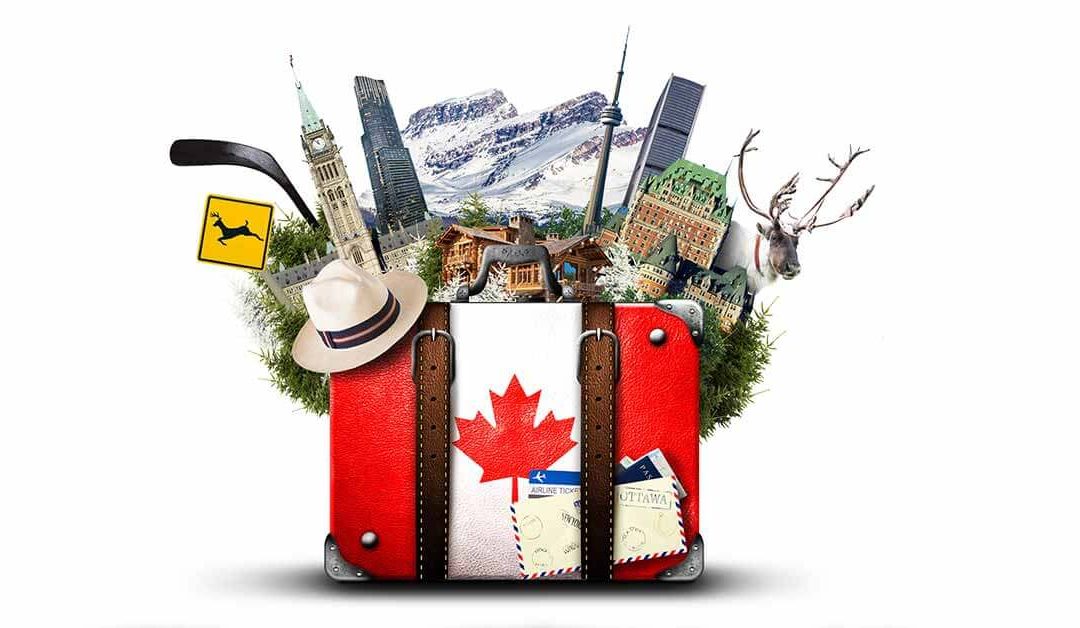Last updated October 2025
Excited about moving to Canada? Who wouldn’t be! From breathtaking landscapes to a unique culture and some of the friendliest people you’ll ever meet, Canada is an incredible place to call home.
Before you pack your bags, here are 11 essential things to know before relocating from Australia to Canada — from climate and culture to healthcare and moving logistics.
1. Size of Canada
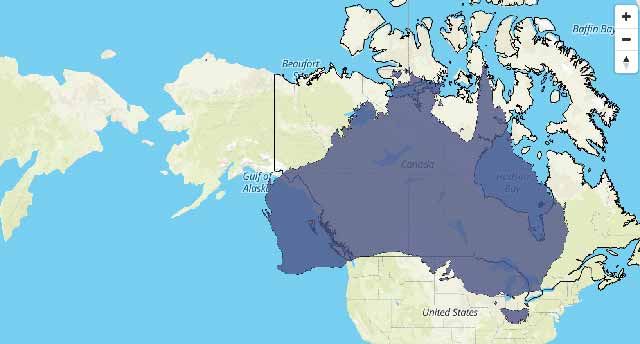
Australia’s size versus Canada’s
Image source: mylifeelsewhere.com
When relocating from Australia, most other countries might feel small in comparison. Australia covers 7.692 million km², making it the 6th largest country in the world — you could even fit all of Europe inside it!
Australia is 32 times bigger than the UK and 1.2 times larger than India. But here’s the kicker: Canada is 1.3 times bigger than Australia, making it the second-largest country in the world, after Russia.
Despite their massive size, both countries have surprisingly few borders. Australia has none, since it’s an island, while Canada has just one land border, stretching 8,893 km with the United States (including Alaska). Fun fact: Canada is the world’s largest country that borders only one other nation — the United States.
2. Official languages: English and French
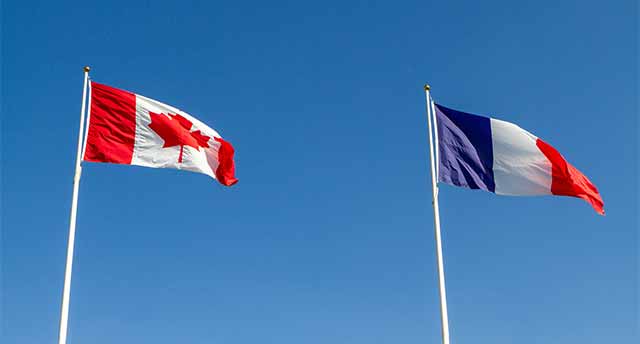
Canada is a bilingual-speaking country
Canada is one of the 101 countries with more than one official language. English and French are both official, thanks to the country’s rich history.
Here’s the story in brief: French explorers were the first Europeans to settle in what is now Quebec. Later, the Treaty of Paris transferred Canada from France to the British Crown. Despite this change, French-speaking communities in Quebec retained their language and customs, resulting in a bilingual nation where both English and French remain official today.
3. Different Seasons, Especially Winter

Sunrise in winter in Canada
Moving from Australia, the change in climate can be a real shock, especially during winter. Canada and Australia are in opposite hemispheres, so their seasons are reversed — when it’s summer in Australia, it’s winter in Canada.
In terms of seasons, you can experience in Australia either a tropical climate, a temperate climate or arid weather, but none of these will be really cold.
Australia’s climate ranges from tropical to temperate or arid, but most regions don’t get extremely cold. Canada, on the other hand, has four distinct seasons. Winters can be bitterly cold, with temperatures dipping as low as -40°C in some areas, while summers can reach 40°C.
Snow is common in most cities, and winter can last several months — typically from mid-December to mid-March or early April. To avoid surprises, make sure you adapt your wardrobe for long, cold winters as well as hot, humid summers.
4. Canadians do Not Drive on The Left Side
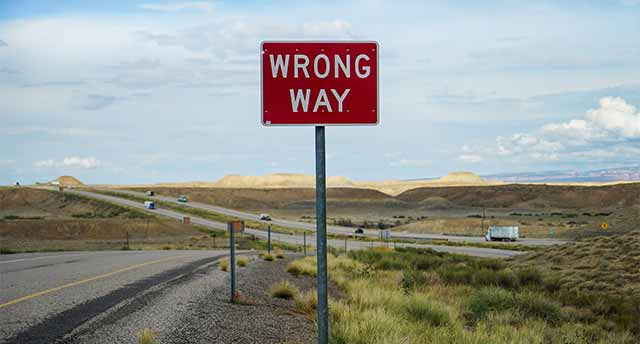
Attention, take the road in the right way
One of the first surprises for Australians moving to Canada is driving on the right-hand side of the road. At first, it can feel strange, especially when navigating intersections and roundabouts.
Even the car controls are reversed — you might turn the windshield wipers on when you meant to signal, or vice versa. Don’t worry — after a few days, it quickly becomes second nature.
Your Australian driver’s licence may be recognised in some provinces, but it’s important to check local regulations before driving. With a bit of practice, you’ll be confidently navigating Canadian roads in no time.
5. Tim Hortons. Tim Who?
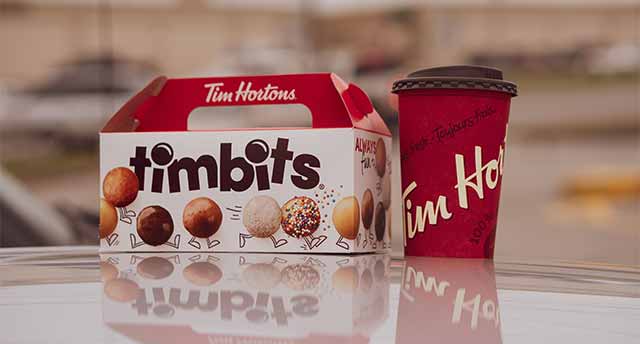
Tim Hortons coffee and doughnut
Tim Hortons is Canada’s largest quick-service restaurant chain, with approximately 3,488 locations across the country as of July 2025 (ScrapeHero). Founded on May 17, 1964, in Hamilton, Ontario, by NHL player Tim Horton, the chain has become an iconic part of Canadian culture. Back then known for its coffee, Timbits, and baked goods, Tim Hortons continues to be a beloved destination for Canadians seeking a quick and satisfying meal or snack.
6. They Love Poutine Dish

Here is what poutine looks like
Poutine is a classic Canadian dish that originated in Quebec in the late 1950s. It’s made of French fries topped with cheese curds and smothered in brown gravy. It might sound unusual at first, but it’s a must-try when you’re in Canada. Today, you can find it everywhere — from fast-food chains and restaurants to food trucks, and you can even make it at home.
Interestingly, poutine wasn’t always celebrated. For years, it was mocked by non-Québécois as a culinary oddity before gaining nationwide popularity. Today, it’s considered Canada’s national dish and can even be found outside Quebec, including in parts of the USA like New England.
And while you’re exploring Canadian flavours, you cannot miss maple syrup. Found everywhere across the country, it’s a staple for pancakes, desserts, bacon, salads, and more. Maple syrup is one of those simple yet iconic tastes that instantly feels Canadian.
7. They Like All Sports but Mostly Ice Hockey

Ice-Hockey game in Canada
Canadians love sports — from basketball, baseball, and football to soccer and curling. But the undisputed king of winter sports is ice hockey, or simply “hockey.”
Hockey has been part of the Olympic Games since 1920, and its popularity in Canada is immense. For example, in 2018, about 68% of Canadians tuned in to watch the NHL playoffs, highlighting just how much the nation loves the game.
Even if you’re new to hockey, catching a live game is a quintessential Canadian experience and a great way to immerse yourself in local culture.
8. Learn the Canadian Slang

Canada’s slang is a delightful mix of British, French, Indigenous, and American influences, with a dash of uniquely Canadian charm. While many terms are widely used across the country, some are more regional or have evolved over time. Here’s an updated list of essential Canadian slang terms:
-
Eh? – A quintessential Canadian expression used at the end of a sentence to seek agreement or confirmation. For example, “Nice weather today, eh?” Oh Canada
-
Toque – A knit winter hat, commonly worn during the cold Canadian winters.
-
Double-double – A coffee with two creams and two sugars, popularised by Tim Hortons.
-
Loonie and Toonie – The Canadian one-dollar and two-dollar coins, respectively.
-
Timmies – A colloquial term for Tim Hortons, Canada’s iconic coffee and doughnut chain.
-
Chesterfield – An older term for a sofa or couch, still used by some Canadians. Slangwise
-
Two-four – A case of 24 beer bottles or cans, commonly used when referring to purchasing beer.
-
Mickey – A 375 ml bottle of alcohol, typically used for spirits.
-
Timbits – Doughnut holes sold by Tim Hortons, available in various flavours.
These terms are widely recognised and used across Canada, making them great for Aussies to learn and use when interacting with Canadians.
9. Prices are GST Exclusive

It can be misleading at first, but Canadian prices are usually displayed before taxes. This means that the final price at checkout — whether in stores or restaurants — will include Goods and Services Tax (GST) and, in most provinces, a provincial sales tax (PST).
-
Federal GST: 5% nationwide
-
Provincial Sales Tax (PST) / Harmonised Sales Tax (HST):
-
Quebec: 9.975% (PST)
-
Ontario: 8% (HST combines PST + GST)
-
Alberta: 0% (no PST, only GST)
-
British Columbia: 7% (PST)
-
Tip: Be aware of the differences depending on the province, as the total tax rate can vary significantly. A bit of mental math is often needed to know the true cost, especially if you’re budgeting for groceries, dining, or shopping.
10. Health Care System

Australia has 11 reciprocal healthcare agreements worldwide, but Canada is not on the list. That means Australians moving to Canada won’t have automatic access to public healthcare until they become permanent residents or citizens.
Canada has a publicly funded healthcare system, sometimes referred to as “Medicare.” As a permanent resident or citizen, you’ll be covered for most essential medical services, including doctor visits and hospital care.
However, some services — like prescriptions, dental care, vision, and certain specialist treatments — may require private health insurance. Many employers offer plans, or you can arrange coverage independently, though costs can be significant.
One limitation of the public system is waiting times, which can be long for certain procedures. Despite this, Canada’s healthcare system ranks highly globally for accessibility and quality of basic care.
Tip: If you’re moving from Australia, consider securing private coverage for non-essential services during the first months until you are fully eligible for public healthcare.
11. Bonus: Moving to Canada With Palmers Relocations

If you’re planning a permanent move to Canada, getting your household goods and personal belongings across smoothly is a big part of the journey. That’s where Palmers Relocations can help.
We offer flexible shipping options, from shared containers for smaller shipments to full 20ft or 40ft containers for entire households — including vehicles. No matter the size of your move, we can tailor a solution to suit your needs.
One important benefit: used personal effects can be shipped duty-free, as long as they’ve been owned and used for at least six months before shipping, and you are present in Canada when your goods arrive for clearance.
Our team is here to guide you through every step — from planning and packing to shipping and customs clearance — making your move as stress-free as possible.
Ready to start your Canadian adventure? Contact us today for an obligation-free quote and let us help you make the transition smooth and seamless.

